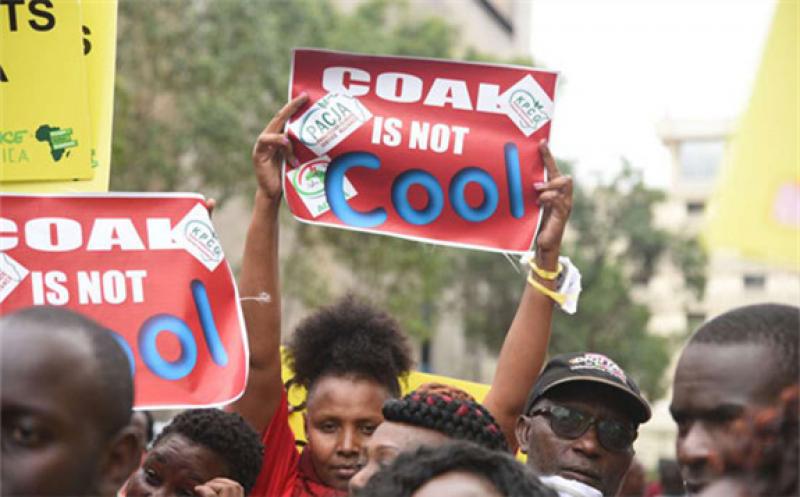
We have prided ourselves in undertaking trips across the globe to benchmark practices that could propel Kenya to the Third Industrial Revolution, which is the digital revolution with a 2030 economic blueprint.
VALUE CHAIN
But then, we are still piggy-banking on carbon fuels, the driver of the first and second industrial revolutions, while the rest of the world is moving towards a shared economy built on renewable energy.
For us to understand about the new industrial revolution, we have to go back in history to the first and second ones.
In the First Industrial Revolution, we had a combination of communication, energy and mobility, which powered mass printing and improved efficiency in communication and led to massive and affordable educational access all over the world.
The British created a platform for print and telegraph systems in the second half of the 19th Century and those two communications — the steam-powered print communications and the telegraph — were powered with a carbon fossil energy source, which was cheap coal. That led to the ascendancy of steam engine-powered rail transportation and was unified by the connection of communication, energy and transport.
The invention of the telephone, centralised by electricity, radio and television, cheap oils, and automobiles created the basis for the Second Industrial Revolution, pegged on communication, energy-oil and automobile mobility.
As you can see, the two industrial revolutions have a common denominator across the value chain, and it is with this value chain that we need to understand how to propel our economy to the next revolution, which is based on internet technology, and merge it with renewable energy and logistics.
The Third Industrial Revolution, by contrast, is organised around distributed renewable energies that are found everywhere and are, for the most part, free — the sun, wind, hydro, geothermal, ocean waves and tides. These distributed energies will be collected and then bundled and shared with others over an energy internet to achieve optimum energy levels and maintain a high-performing, sustainable economy. This is the direction we should pursue to realise our economic blueprint in creation of employment and reducing our cost of production to zero.
SMART METERING
How do we achieve this? By investing in a renewable energy system and coupling it with the current infrastructural system such as road, rail, power lines and fibre networks to have a distributed nature of Third World revolution infrastructure. Risk can be more widely diffused, with localities and regions pooling resources to establish local grid networks and then connecting with other nodes across regions.
A more distributed and concerted industrial revolution will universally usher an extra distributed and collaborative sharing of the productive wealth generated by society.
A case in point is Germany and China, who are now adopting an expanded generation of renewable energy — wind, solar and geothermal.
The two countries are decentralising the power source to individual buildings as power plants and shifting the power generation from the main grid to schools, offices and private buildings to create a network of energy that ultimately reduces the costs of energy and dependency of energy on one source.
This is coupled by the development of a smart intergrid with smart metering, which is a bi-directional grid where individual users can buy and sell their power to the grid.
The world is shifting to a shared economy and renewable energy and we are lagging behind by both centralisation and still investing in carbon fossils such as coal. And if we do not rectify and arrest this case on banking our economic platform on fossil fuels, the result is that cost of doing business will still be extremely high, and that will lead to a subsequent rise of unemployment levels.
Poverty and electricity are a negative cycle. Poor people are less likely to afford access to electricity, and a lack of electricity is more likely to keep them from moving out of poverty. Over time, shared economy renewables can save a significant amount of money on energy expenses and propel us to the Third Industrial Revolution.